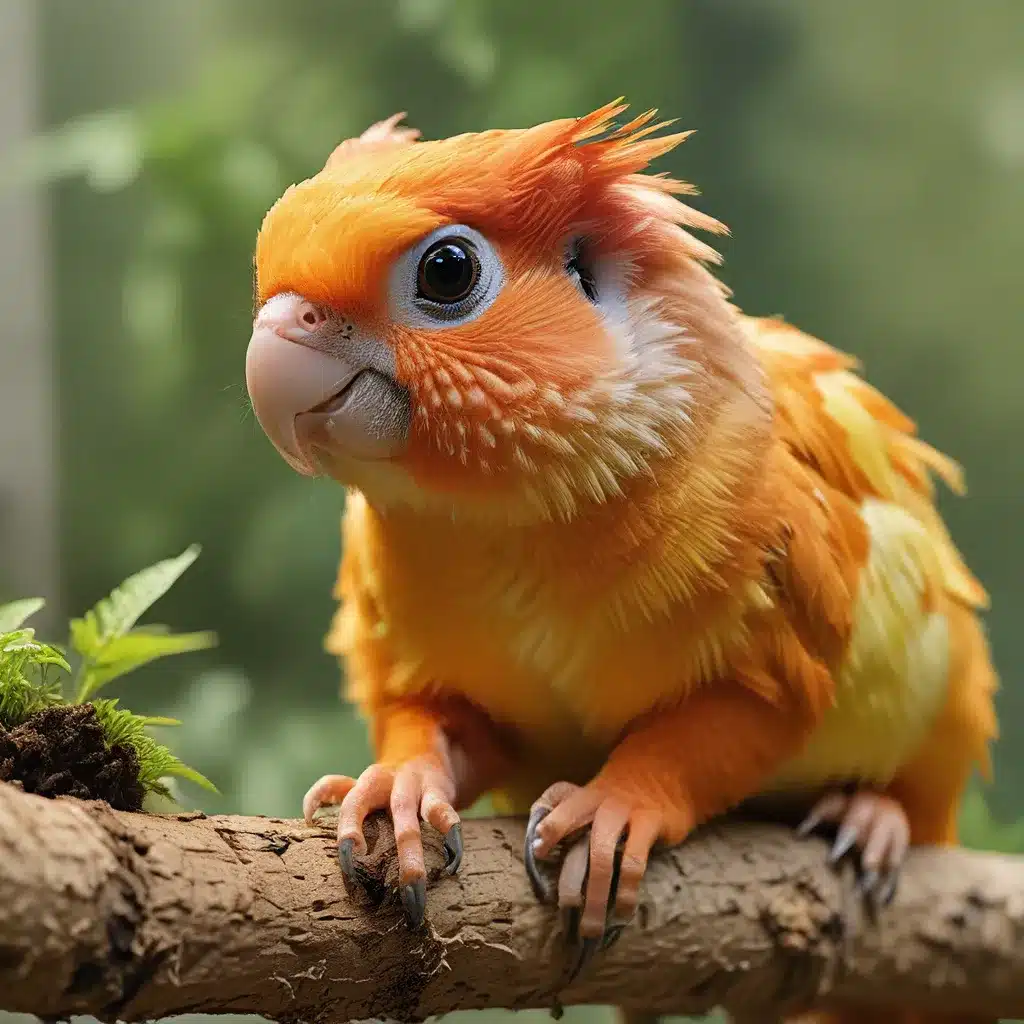
Bringing Out the Best in Our Exotic Companions
You know, when I first got my sugar glider, I’ll never forget the day I brought her home. There was this instant connection – like she could sense I was going to give her the best life possible. But it wasn’t until I started learning about environmental enrichment that I realized just how much more I could do to make her thrive.
See, as exotic pet owners, we have a special responsibility. These aren’t your average hamsters or goldfish. Our scaly, feathery, and furry friends come with their own unique needs and behaviors. And when it comes to their quality of life, well, that’s where environmental enrichment comes into play.
Experts agree that enrichment is just as crucial for exotic pets as it is for our canine and feline companions. It’s not enough to just provide the basics – food, water, and a clean habitat. We need to go the extra mile to stimulate their minds, engage their natural instincts, and keep them physically and emotionally fulfilled.
Unlock Their Hidden Potential
Think about it this way: what if you were stuck in a plain, bare room all day, every day? No toys, no activities, no mental stimulation. Sounds pretty dull, right? Well, that’s kind of the reality for a lot of exotic pets if we don’t make the effort to enrich their environments.
Lack of enrichment can lead to all sorts of problems – from destructive behaviors like cage chewing to health issues like obesity and anorexia. And it’s not just about preventing the negative stuff. Enrichment can also unlock their hidden potential, helping them thrive and become the best versions of themselves.
Tapping into Their Senses
So, what does effective environmental enrichment look like? Well, it all starts with engaging their senses – sight, sound, smell, touch, and taste. By providing a variety of stimuli, we can encourage their natural curiosity and help them express their innate behaviors.
For example, social enrichment is crucial for many exotic pets, like guinea pigs and sugar gliders, who are naturally inclined to live in groups. Supervised playtime and socialization can do wonders for their overall well-being. On the flip side, species like Syrian hamsters may do better with some solo time, so it’s important to tailor the enrichment to their specific needs.
Physical enrichment, on the other hand, is all about creating an environment that allows them to move, explore, and exercise. Tunnels, climbing platforms, and rotating novel objects can keep them physically and mentally engaged, reducing boredom and the risk of developing stereotypic behaviors.
And let’s not forget about nutritional enrichment. Scattering their favorite treats in their bedding or introducing new, healthy snacks can encourage foraging and stimulate their senses of smell and taste. Just be sure to check with your vet to ensure you’re meeting their dietary requirements.
Enrichment in Action
Now, I know what you’re thinking – this all sounds great, but how do I actually put it into practice? Well, let me share a little story about my sugar glider, Mittens.
When I first brought Mittens home, she was a bit timid and seemed to spend most of her time huddled in the corner of her habitat. But after I started implementing some enrichment activities, I noticed a huge difference. She became more active, playful, and engaged with her surroundings.
One of the first things I did was set up a variety of textures and surfaces for her to explore – from soft fleece hammocks to rough branches for climbing. I also rotated her toys and hides regularly to keep things interesting. And, of course, I made sure to provide ample opportunities for social interaction with me and her fellow sugar glider companion.
But the real game-changer was when I started incorporating puzzle feeders and foraging opportunities. Mittens absolutely loves to work for her treats, and it’s been amazing to see her problem-solving skills in action. Plus, it keeps her active and mentally stimulated throughout the day.
Customizing the Experience
The beauty of environmental enrichment is that it’s not a one-size-fits-all approach. Every exotic pet is unique, with their own individual needs and preferences. What works for my sugar glider might not be the best fit for your bearded dragon or your parrot.
That’s why it’s so important to tailor your enrichment strategies to your specific pet. Consult with your veterinarian, do your research, and get to know your furry (or scaly) friend’s unique behaviors and quirks. Experiment with different activities and materials, and pay attention to what really gets them excited and engaged.
Remember, enrichment isn’t just about keeping them busy. It’s about enhancing their overall quality of life – physically, mentally, and emotionally. And trust me, when you see that spark in their eyes, that playful curiosity, and that sense of contentment, you’ll know you’re doing something right.
So, let’s get out there and give our exotic companions the enriched lives they deserve. Who knows, you might just discover a whole new side to your pet that you never knew existed. After all, they’re counting on us to bring out the best in them, and that’s a responsibility I’m more than happy to take on.
Golden Exotic Pets is your one-stop-shop for all things related to enriching the lives of your unique companions. From innovative toys and accessories to expert care guides, we’ve got everything you need to help your pets thrive. So, what are you waiting for? Let’s get started on the road to a happier, healthier, and more enriched future together!

